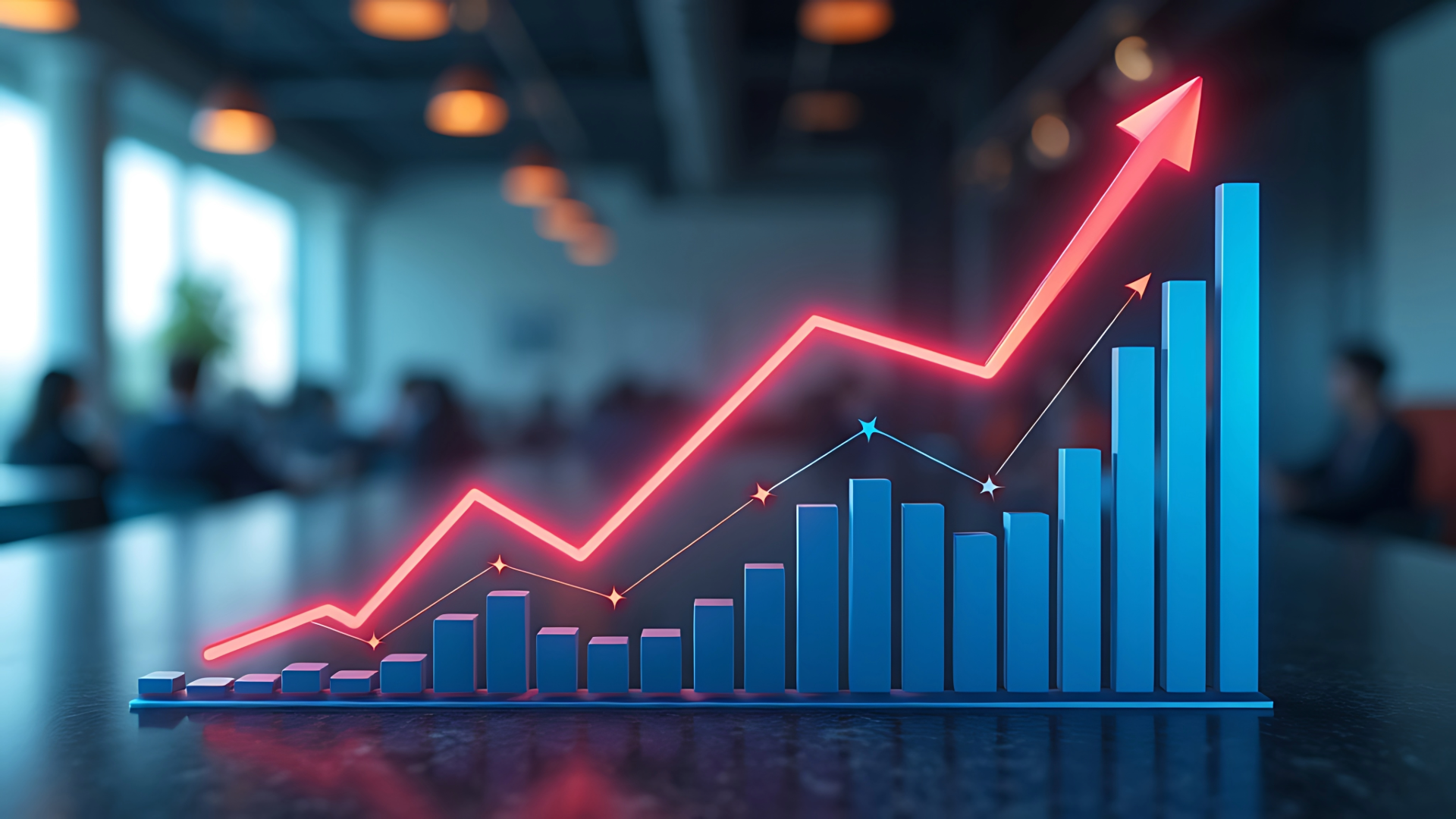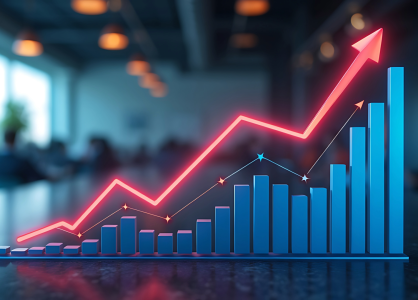Collecting can be both a deeply personal hobby and a rewarding investment. Certain collectibles—whether vintage cars, rare comic books, or antique furniture—have demonstrated a remarkable capacity to appreciate in value over time. But what drives this appreciation? Why do some collectibles become highly sought-after and valuable, while others remain largely sentimental? Let’s explore the factors that contribute to the value of collectibles and how understanding these can help guide both seasoned collectors and newcomers toward building valuable collections.
1. Rarity and Limited Availability
Rarity is often the most significant factor influencing a collectible’s value. Items produced in limited quantities or that have become scarce over time tend to gain value because of their exclusivity. Take, for example, early-edition baseball cards or discontinued toys from decades ago; these items were produced in limited numbers and have only become harder to find over the years. With fewer items in circulation, those that remain are highly desirable, which drives up their price.
2. Historical and Cultural Significance
Items with historical or cultural relevance often see substantial value appreciation. A collectible connected to a major historical event, pop culture icon, or cultural movement is likely to capture the attention of collectors and investors alike. For example, vintage concert posters from iconic bands or artifacts tied to important historical moments have a deep narrative appeal, adding layers of meaning to the item’s physical presence. As time passes, these items not only become symbols of an era but also acquire a unique historical value that can greatly increase their market worth.
3. Condition and Quality
The condition of a collectible can make or break its value. Collectibles in excellent or near-mint condition tend to fetch higher prices than those with visible wear or damage. This is especially true for items like comic books, trading cards, and vintage electronics, where even minor imperfections can significantly impact value. Collectors and investors often go to great lengths to preserve items in their original state to retain or enhance their worth, which is why proper storage and maintenance are critical in the world of collectibles.
4. Demand Driven by Nostalgia
Nostalgia is a powerful factor that drives demand for certain collectibles. Items tied to specific eras, childhood memories, or beloved characters often have a dedicated following of individuals willing to pay a premium. For instance, the resurgence in popularity of vintage video game consoles and 80s action figures can largely be attributed to nostalgia. As collectors seek to relive their youth or recapture moments from the past, the demand for these items increases, driving up their value.
5. Brand and Artist Reputation
The creator of a collectible can also play a significant role in its value. Items produced by renowned artists, designers, or brands tend to carry prestige and desirability. Whether it’s a rare painting from a famous artist or a limited-edition product from a luxury brand, collectibles with a reputable origin are often viewed as highly valuable. For instance, original art from well-known comic book artists or designer toys from limited runs can gain substantial value as they hold a respected place in both the collectible and art communities.
6. Market Trends and Popularity Cycles
The collectible market is often influenced by trends that cause certain items to rise or fall in value. For example, trading cards and sports memorabilia have seen fluctuating demand over the years, but recent trends have driven renewed interest, especially during the COVID-19 pandemic. As collectors and investors continue to explore new niches, certain types of collectibles experience cyclical popularity. Being aware of current and predicted trends can help collectors make informed choices about which items may see increased value in the coming years.
7. Provenance and Authenticity
The story behind a collectible can sometimes be as valuable as the item itself. Provenance—the documented history of an item’s ownership or use—can significantly impact value, especially for high-end collectibles like art, jewelry, and historical artifacts. Collectibles with verifiable provenance or certification of authenticity tend to be more valuable, as collectors want assurance that the item is genuine. Items with rich backstories or unique histories often have a charm that boosts their appeal, attracting buyers willing to pay top dollar.
How Collectiblepedia Supports Collectors
Navigating the world of collectibles can be complex, but Collectiblepedia is here to help collectors at every stage of their journey. Collectiblepedia is a comprehensive platform where enthusiasts, collectors, and novices alike can explore, research, and learn about the value of collectibles. With detailed insights into historical relevance, market trends, and rarity factors, Collectiblepedia empowers you with the knowledge needed to make informed decisions and uncover the true worth of your items.
Whether you’re interested in understanding what makes an item rare, following the latest trends, or discovering new collectibles to invest in, Collectiblepedia offers a wealth of information and a vibrant community to support your passion. Join us on Collectiblepedia and embark on a journey to turn your collectibles into treasured investments.

